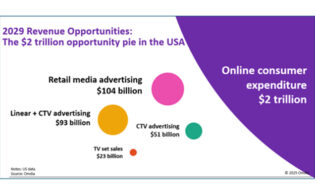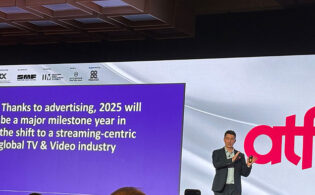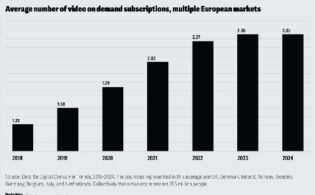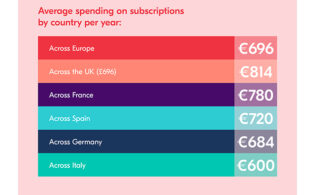Aggregation and bundling are becoming key to consumer habits, according to a new Omdia report, which found that 47 percent of homes in 20 surveyed markets were subscribing to both online video and pay-TV services, up from 13 percent in 2015.
The survey also found that the percentage of homes just taking a traditional pay-TV service has dropped from 82 percent in 2015 to 38 percent last year, with Omdia projecting that will slip even further to 27 percent in 2028.
Adam Thomas, senior principal analyst at Omdia, noted: “Although the picture varies from country to country, it’s been clear for some time that traditional pay TV is on a downward path. Pay-TV operators have reacted by aggregating online video apps and services, plus other content types, into a single user-experience hub within their universe. It is these super-aggregation and super-bundling efforts that are helping drive the dramatic changes we are seeing.”
The findings were released in Omdia’s Multisubscription TV & Video Forecast Report: 2015–28, which points to the importance of aggregation for pay-TV operators. Omdia says that as third-party apps come to be seen as an essential part of the entertainment mix for customers, legacy operators need to weigh up the opportunity cost in terms of churn if they do not offer the most popular apps to their subscription base.
Tony Gunnarsson, principal analyst at Omdia, added: “To be most effective, these aggregated offerings require sophisticated universal search and discovery capability across the content being provided, so making it totally distinct from the individual channel and content packages associated with classic pay-TV offerings. This unified experience convinces subscribers that aggregators offer tangible benefits to simple self-bundling.”






